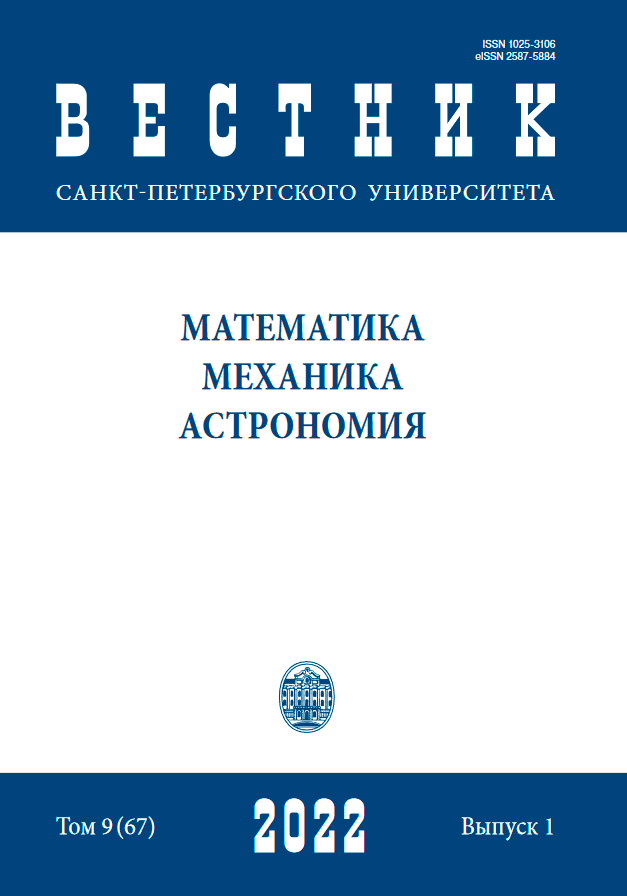L-optimal designs for a trigonometric Fourier regression model with no intercept
DOI:
https://doi.org/10.21638/spbu01.2022.107Abstract
This paper is devoted to the problem of constructing L-optimal designs for a trigonometric Fourier regression model with no intercept. The paper considers diagonal matrices L with a combination of zeros and ones on the main diagonal. It is shown that in the case when L = I (i. e., when the unit matrix is chosen as the matrix L), the L-optimal design coincides with the D-optimal one. In the more general case (when some diagonal elements are equal to zero), it is shown that the dimension of the problem can be reduced if the optimal design is symmetric. The obtained results are illustrated by the example of the problem of constructing two L-optimal designs for the trigonometric model of order 12, which is reduced to the problem of constructing designs for models of order 3 and 4 correspondingly.Keywords:
L-optimal designs, c-optimal designs, optimal designs for estimating the individual coefficients,, trigonometric regression models with no intercept
Downloads
References
Литература
References
Downloads
Published
How to Cite
Issue
Section
License
Articles of "Vestnik of Saint Petersburg University. Mathematics. Mechanics. Astronomy" are open access distributed under the terms of the License Agreement with Saint Petersburg State University, which permits to the authors unrestricted distribution and self-archiving free of charge.




